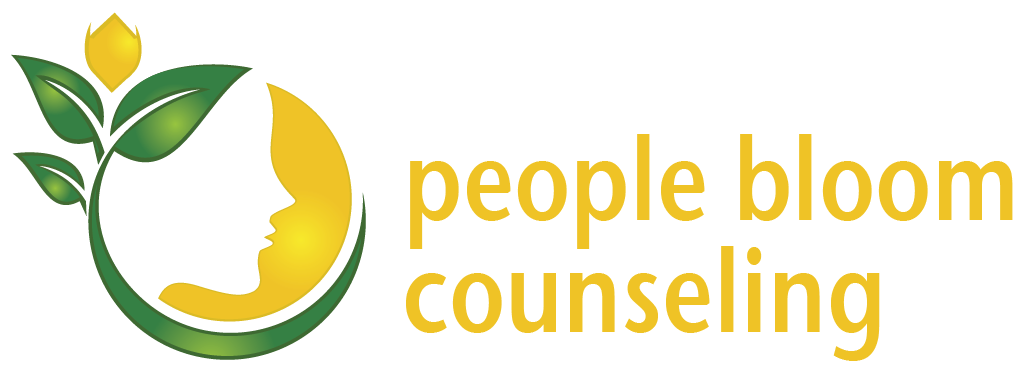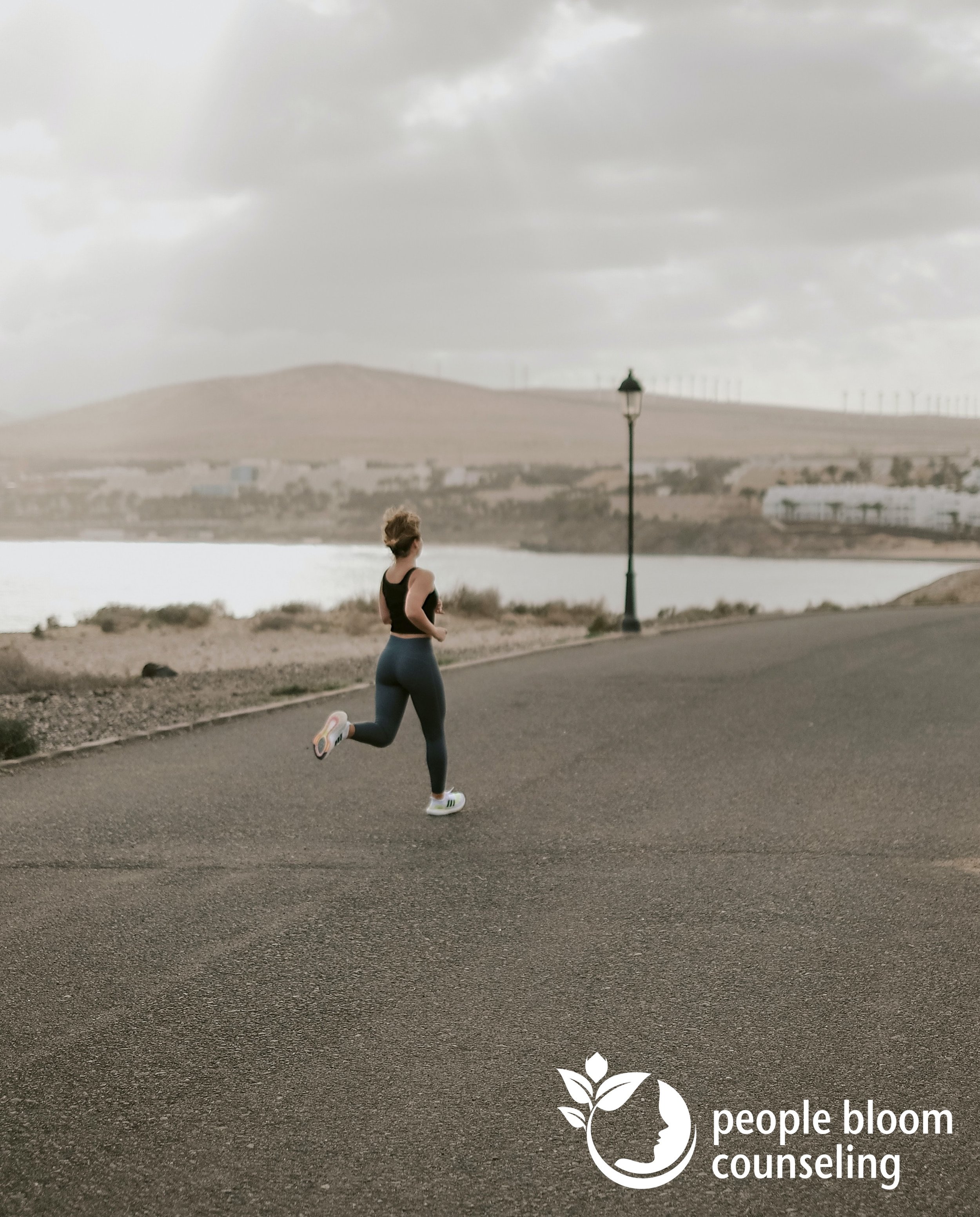Time for another “how to get through the holidays” blog! Today, I’m going commiserate with you about how hard it is to eat around other people when you have food restrictions. This is especially true around the holidays.
Holidays with people you don’t know well
There’s a reason there are so many advice columns for how to get through holiday gatherings, and it’s not because we are all socially inept knuckleheads. We need special guidance during the holidays because it’s the season for spending quality time with family but also a mixed bag of acquaintances we don’t know well. In daily life, our friends know us, including our quirky dietary restrictions, and they accept us for who we are. We share common interest with our chosen family and probably feel a little less pressure and judgment from the kickball team, your best buds at happy hour, or the book club gals. During the holidays you’re trapped around a table with your disapproving in-laws, your boss’ wife, or your Uncle Waylon, and they quickly remind you that your food preferences are, for a lack of a better word, weird.
Where there’s a holiday, there will be food.
If you’re one of the many people trying to follow a strict diet this season, this is for you. Dietary restrictions are becoming more common than ever. If you’ve hosted a gathering in the last few years and tried to accommodate everyone’s preferences, you probably found it’s nearly impossible. I have been both the host and the guest with food intolerances, and every year I learn new tricks for getting through the holiday season without starving or going insane.
There are countless reasons why we may have a preference for certain food choices. I avoid certain foods because of autoimmune disease. But you could have diabetes, you could be trying to have a healthier relationship with food, or you may have allergies. Maybe you’re just keto-curious or you just want to detox. You could be a recovering alcoholic. Your reasons are personal to you.
Not wanting to offend anybody
Homemade dishes are also deeply personal to the cook. People are often passionate about sharing their food. The green bean casserole Aunt Marie brought is a family recipe passed down generations. She may not be able fathom how anyone could turn down the dish she poured her heart into.
I get it. Food is a sensitive and tricky topic to navigate, so if you’re the one who has dietary restrictions, here are some tips for a stress-free holiday dinner:
1. Find out what’s being served and set expectations
It’s ok to ask the host what’s on the menu in advance. If there are dishes that you really want to sample that may be safe, ask the host to share the recipes with you.
When you speak with the host, make it clear that they don’t have to go out of their way for you. You have lived with your food restrictions long enough to know not to expect to be able to eat much of the food, and have found ways around it.
Some hosts want to make sure everyone is taken care of and will accommodate your needs, at least with a dish or two. When that happens, it’s ok to accept people’s kindness. Tell them it’s not necessary, but thank them kindly if they insist.
You already know that when you leave your house, many foods might become off limits. Expect to put in your time with mixed company and eat the items you can eat, knowing that you may still be hungry when you get home. Be prepared to go home to enjoy your second dinner in your comfy pants later.
2. Bring a dish to share
Hopefully you’ve had a chance to explore food you can eat that you love. If you love it, share it! Cook a dish that will be satisfying to you that can be shared with everyone, and not just dessert. It should be part of the meal so that you can feel like you’re really participating in the dining experience. You can mention it’s dairy/sugar/nut or whatever free, and see everyone’s delight when they realize vegan food can be delicious! Or, if you prefer to avoid the topic (more on that below), don’t mention it and enjoy the meal without making a big deal.
3. Be unapologetic
I used to be embarrassed about my dietary restrictions. I felt so out of place in gatherings when I was the only one on a special diet. I didn’t like the attention it put on me if my plate was emptier than everyone else’s because I couldn’t eat much.
I especially never wanted a host to make anything special - hosting is hard enough, and I didn’t want to be a nuisance. Over the years I learned to let that go. If the host made me something specially, I am now grateful and feel cared for rather than guilty. It’s a bit like accepting a compliment: doing it with grace takes a lifetime of practice, but you realize it saves a lot of awkwardness if you learn to appreciate the sentiment instead of arguing.
Do remember your truth. You know why you eat a certain way, and sometimes it’s hard to stay true to your needs in a holiday gathering. Before sitting down to dinner, remember this mantra: My diet is my business, it’s important to me, and I don’t have to answer to everyone. It’s great to say this to yourself, but how do you handle rude questions, curiosity and advice from people who know nothing about the topic? This leads to the next tip…
4. Expect a running commentary
People are curious about things that are different or strange to them. People can also be opinionated, especially about food! They will ask if your dietary restriction is a choice or an allergy. But, it’s your body after all! They’ll ask what nightshades will do to you if you eat them. Well, they’ll never fully know or understand! Explicit detail about what it will do to your intestinal tract is really not for the dinner table.
When dinner guests make comments, refer back to the mantra above. Unless you really want to talk about it, it’s ok to not answer questions. So… What do you say when it comes up? If it makes you uncomfortable, feel free to say, “Yes, I avoid dairy, but I prefer not to discuss the reasons while eating. Sometimes it’s good to just enjoy the meal without getting too in depth.” You can also add a little humor to it: “I really want to spare you the details because it’s a real appetite spoiler!” Keep your tone casual and light. If they keep pushing it - that’s on them.
5. Notice how you participate and practice letting go
Some people with dietary restrictions are happy to share their reasons with a crowd. If you do decide to share, notice how your contribution might be received by those around you. You may eat a certain way because it’s ethical and leaves a small footprint. That’s wonderful! But just because you’re annoyed by Uncle Waylon’s snarky comments about how you’re eating rabbit food and need to get some meat on your bones, doesn’t mean it’s a good idea to impose your lifestyle on him. He can eat his turkey in peace as well. There’s a time and place for sharing your truth, and holiday gatherings might not be one of those times. I know you’re passionate about your values and want to get the word out - but you can guess how well it will go when you tell Uncle Waylon about the conditions at the slaughterhouse. Hint: not well. People can be set in their ways, and the hour you have around the dinner table is likely not going to change anyone’s mind.
Other considerations
It’s ok not to engage if you don’t want to
How about the dinner guests that make comments or try to dissuade you from your diet? Try to change the topic. I used to get annoyed when people brought up the fad nature of a gluten free diet and assume it was a choice. Some would cite articles about how the harmfulness of gluten has been debunked. But they don’t know my particular condition. My autoimmune disease = not compatible with gluten.
There was a time I would get defensive, explaining the blood/brain barrier and how it destroys my stomach lining over time, etc. etc. I realized that by getting into it, I was encouraging a discussion that I didn’t want to be having. Jim and Janet might not actually care to know the science behind my food restrictions, and it’s not a great topic to discuss in mixed company anyway. If I had just let it go and not cared what they think, we all would have had a nicer time at that gathering.
This is the art of letting go.
You get to decide whether or not you want to discuss it
If you don’t mind getting into the details, then refer back to tip no. 3: try to be unabashed in conversation too, not just in your mind. Stand up for your decisions and state your point of view - it can be a worthy discussion. It doesn’t reflect on you that others don’t understand or respect your lifestyle. It might not be the right time or maybe the two of you can just agree to disagree. Whether you talk about it or not is up to you; it’s not your job to make others comfortable with your explanations or justifications about your life.
Enjoy the challenge
Wishing you and your boss, your uncle’s girlfriend, and your mother-in-law a peaceful holiday gathering this year! I can’t help you when politics come up around the dinner table, but maybe this article will help you keep the topic of your gluten-free stuffing from escalating into a whole “thing.”
Happy holidays to you and yours from everyone here at People Bloom! We look forward to serving you in 2020!


















